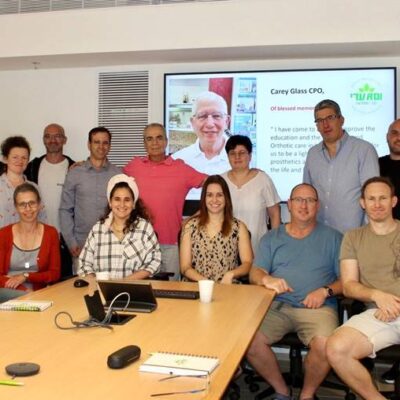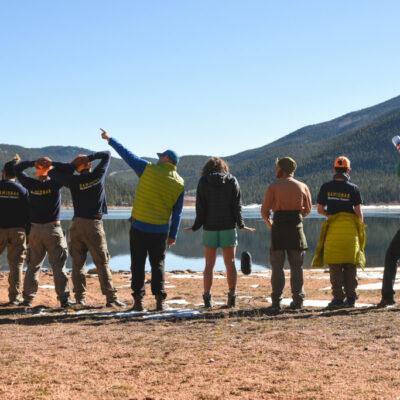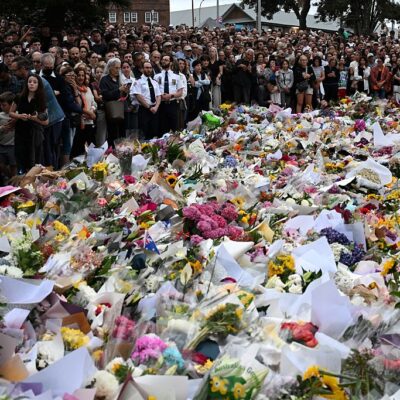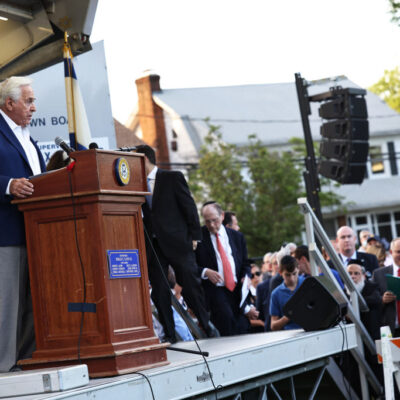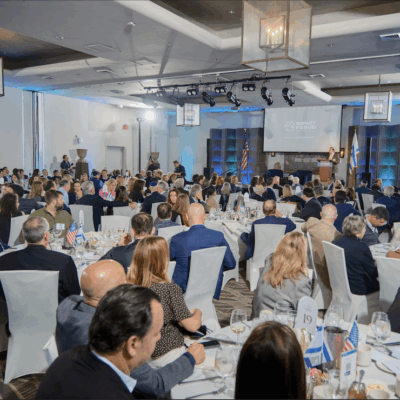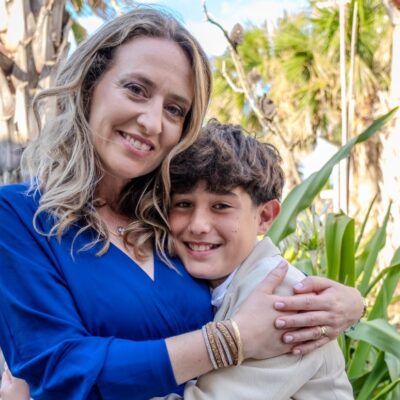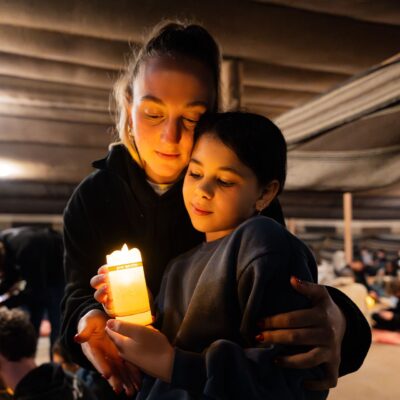Taking your Zoom Programs to the Next Level

By Rabbi Yael Buechler
On a recent evening Zoom session with families whose youngest children are heading to our Upper School campus, one father shared how he will miss our Lower School’s yearly assemblies for each grade. “For us,” he said, “each assembly is like a holiday and we are sad that there will not be holidays anymore.”
A few months into the pandemic, I am filled with mixed emotions as I reflect on the challenges before us and behind us. Among the interruptions to our students’ worlds has been this loss of the in-person “holidays” – the rituals of assemblies, tefilot, trips, and other milestone moments for them.
While virtual programs cannot replicate these in-person events, they have provided a new level of creative challenges and opportunities. At the Lower School where I am a rabbi, we have worked within the limitations of Zoom to create exciting and engaging programs for toddlers, students, parents, faculty, and grandparents.
We have stretched our creativity to new heights to bring these “holidays” into the homes of our families. Our virtual programs are stronger and more personalized as a result of the ways in which we utilize Zoom.
Now that our school year has come to a close, I wanted to share 3 tips that you can use to make your Zoom programs more engaging for participants of all ages:
1) Timing: Timing is everything in any program. But on Zoom, timing is even more important, as many of us are “Zoomed-out” to begin with. If a program usually ran 45 minutes in-person, cut it down by about 50% so that it only takes 20-25 minutes. Keeping programs brief and efficient will keep your participants more engaged. Tightening your program virtually may also help you to realize which aspects of the program you might want to refine the next time that program takes place in-person.
Tip: Encourage your participants to log on a few minutes early to your program so you can actually begin on time. “Start” your Zoom program 15 minutes early so that you can be there to greet participants by name as they arrive and/or have music playing for them as they enter the program. This mirrors the welcoming experience we would want for any in-person program.
2) Engagement: To make your virtual sessions more meaningful, utilize Zoom’s Spotlight feature during a tefilah, song, or dance. Each Friday morning, for example, our musical director Amichai Margolis invites all families to put their hands on their children’s keppies as we sing the words of Yevarechecha (Steve Dropkin’s Birkat Kehillah). Utilizing Spotlight during this song to highlight families as they bless their children is an incredibly powerful moment for our community each week.
Spotlighting can be used during songs or tefilot when participants are clapping, doing (pre-practiced) hand motions, or even during havdalah. To conclude a Zoom session after families are spotlighted for the last song leaves everyone with a strong feeling of connectedness – of both being seen and seeing everyone else.
Tip: Encourage families to turn on their videos. If you would like families to “opt in” to being spotlighted, they can mark an asterisk next to their Zoom name so they are bumped up to the top of your participant list. This way, you will also know who is “ready” to be spotlighted.
3) Shtick: Last but not least, have fun with your virtual programs! Shtick is a huge part of helping to make Zoom programs so successful. You could encourage participants to dress according to specific themes or ask them to make their virtual backgrounds connected to a theme (for example: a photo from a place you’ve traveled to).
And of course, celebrity guests, animals, or other guests are always welcome on Zoom. You don’t need shtick every time you have a program but a little something out-of-the ordinary certainly makes this virtual experience all-the-more special.
Tip: Ask participants to submit selfies to someone’s email address or text them to a phone number to create a live stream of photos (Tacboard is a site that enables this feature for a fee). Requesting photos from your virtual events also provides your institution with images you can use in your e-newsletters or print bulletins.
We are now well into the new reality of being on screens most of our days. When your institution holds a virtual program, you have the unique opportunity to make that event the most meaningful part of someone’s day.
While we cannot recreate the holidays and experiences that we are missing in-person, these strategies can help your communities to continue to craft more meaningful moments on Zoom.
Rabbi Yael Buechler is the Lower School Rabbi at The Leffell School in Westchester and founder of MidrashManicures.com. Rabbi Yael Buechler hosts webinars about how to take your Zoom programs to the next level.

 Add EJP on Google
Add EJP on Google